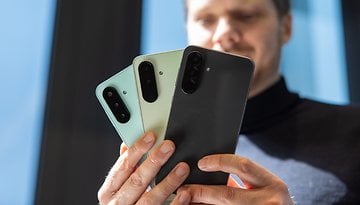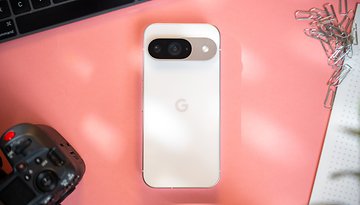Oppo A94 5G vs. Redmi Note 10 Pro: Mid-range China smartphones compared
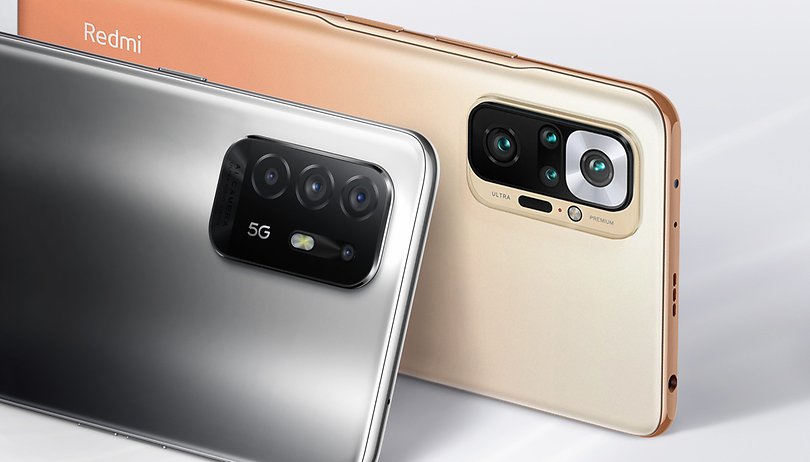

Once again, two mid-range smartphones from major manufacturers enter the NextPit arena! On the one hand, there is the Oppo A94 5G, while on the other hand lies the Xiaomi Redmi Note 10 Pro. We will tell you just which of the two China smartphones will come out on top in a head-to-head comparison.
Even after the deal holidays around Black Friday, interest remains unabated, especially where mid-range smartphones are concerned. Hence, we would like to pit a couple of Chinese handsets against each other today that we think best represent this mid-range segment in the best possible manner: The Oppo A94 5G could have convinced us in the review. The Xiaomi Redmi Note 10 Pro also made an exceptionally good impression in its review. There are enough reasons to let these two devices compete against each other now!
Xiaomi Redmi Note 10 Pro (128GB)
(Attention US readers: The devices are not officially imported in the US. The affiliate links feature international versions of the devices but they may be more expensive and without official support from the manufacturer.)
Before we begin, we would like to clear up any potential misconceptions with a disclaimer: Oppo is sponsoring this post. However, this will in no way affect our assessment of the two smartphones and their comparison. As always, we will start with our comparison table:
| Oppo 1 | Xiaomi Redmi Note 10 Pro | |
|---|---|---|
| Product | ||
| Image | 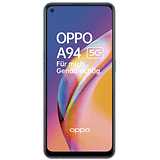 |
 |
| Display | 6.43-inch AMOLED display with 60 hertz | 1,080 x 2,400 pixels | 6.67-inch AMOLEDdisplay with 120 hertz | 1,080 x 2,400 pixels |
| Performance | MediaTek Dimensity 800U | 8 GB RAM | Qualcomm Snapdragon 732G | 6 GB RAM |
| Storage | 128 GB, expandable via microSD | 64/128 GB, expandable via microSD |
| Camera | 48 MP, f/1.7 8 MP, f/2.2, 119 2 MP, f/2.4 2 MP, f/2.4 |
108 MP wide angle, f/1.9, 1/1.52 inch sensor size 8 MP ultra wide-angle, f/2.2, 118°, 1/1.5 inch 5 MP telephoto macro, f/2.4 2 MP depth sensor, f/2.4 |
| Selfie camera | 16 MP, f/2.0 | 16 MP, f/2.45 |
| Connectivity | Wi-Fi 802.11 a/b/g/n/ac, Bluetooth 5.1, 3.5 mm jack | 2.4 GHz/5 GHz WLAN, Bluetooth 5.1, 3.5 mm jack |
| NFC | Yes | Yes |
| Fingerprint sensor | Under display | Power button |
| Battery | 4,310 mAh, quick-charging at 30 watts | 5,020 mAh, quick-charging at 33 watts |
| Advantages |
|
|
| Cons |
|
|
| Rating |
|
I'm going to go out on a limb and boldly say: Yep, THIS is a reference point when it comes to mid-range smartphones. For less than $350, Xiaomi lets you put a foot into flagship territory with the Redmi Note 10 Pro, and it is not only the display that impresses. From $300 and above, you get a real all-purpose device that will not let you down in terms of photography, gaming, or battery life. Senior Editor |
| Go to offer* |
|
|
Contents:
- Models and prices
- Design & Display
- Hardware and performance
- Cameras
- Battery and Quick Charging
- Software and security updates
- Conclusion
Models and prices
Let's talk money right from the get-go: if you want to secure a cheap smartphone with 5G capability, you'll find one with Oppo. The A94 5G is currently available for under $350. There is only one available model that you can pick from, where it comes in "Cosmo Blue" or "Fluid Black" shades. This version offers you an 8GB RAM and 128GB storage combination.
The Xiaomi Redmi Note 10 Pro is also similarly priced. Currently, you are able to obtain both variants with 64GB and 128GB of storage space and 6GB of RAM each at a far more affordable price point compared to the initial recommended retail price. Whipping out our calculators, we could pick up the 64GB model from $280 thereabouts and $350 or so for the model with double the storage space.
In terms of price, both models rarely differ from one another. Let us then find out who offers us more bang for the buck!
Design & Display
With a 6.67-inch screen size, the Xiaomi Redmi Note 10 Pro is a real champion when it comes to value-for-money. Oppo's A94 arrives in a more compact form factor at 6.43-inches. With both panels featuring a Full HD+ resolution of 2,400 x 1,080 pixels, Oppo scores better here with a higher pixel density count. However, Xiaomi also has a few trump cards up its sleeve. While Oppo's AMOLED panel only features a refresh rate of 60 Hertz, Xiaomi's AMOLED screen ups the ante with a 120 Hertz refresh rate.
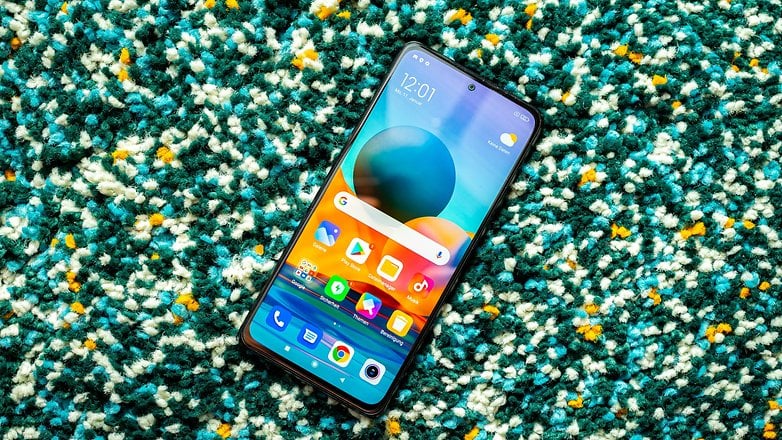
Both models rely on a punch-hole design cam for selfies, with Xiaomi's camera located in the center. Oppo placed theirs on the left. Switching to the back, we see polycarbonate in action here with both manufacturers delivering a thoroughly high-quality design. Basically, the Redmi Note 10 Pro has a slightly more positive impression on me, but the fat camera hump behind annoys me a bit.
What's also identical in both devices? There is a 3.5 mm headphone jack with room for a microSD card in each handset! However, while Xiaomi places a fingerprint sensor on the side of the Power button, Oppo scores with under-display sensor. The Oppo model lacks IP certification though, as Xiaomi punches back with IP53 certification - that is, splash protection.
Hardware and performance
Differences can also be found in this department, which was already revealed by taking a look at the spec sheet: Oppo relies on MediaTek to power their device while Xiaomi has Qualcomm on their side. More specifically, the MediaTek Dimensity 800U in the A94 competes against the Snapdragon 732G in the Redmi Note 10 Pro. These two SoCs are somewhat on par, though. Both feature eight cores, with two A76 cores in the Oppo Phone clocking minimally higher at 2.4 GHz than the Kryo cores in the Xiaomi device at 2.3 GHz.
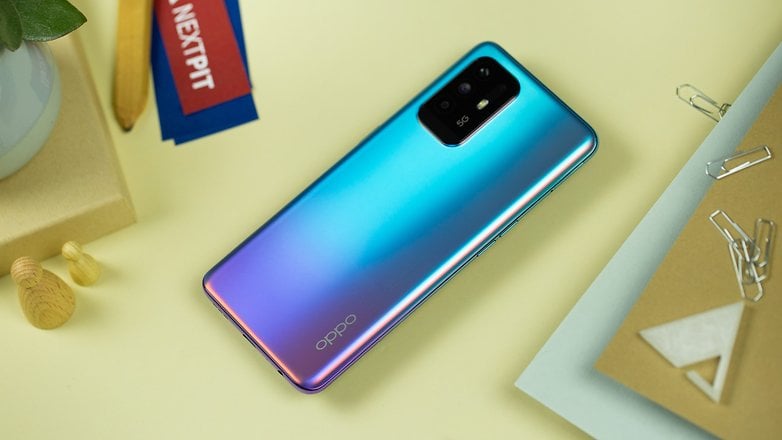
AnTuTu nonetheless certified that the Redmi Note 10 Pro is a breadth's hair ahead with the Snapdragon 732G chipset. Don't forget, though, that Oppo has 2GB more RAM than Xiaomi's offering. All in all, we're looking at two similarly powerful smartphones that can handle all everyday tasks with ease.
Speaking of "playfully": You can also take a gamble with mobile games without breaking a sweat here. Of course, you should lower the graphics settings a wee bit for very high-end and graphically complex games so that it runs smoothly. In general, you can absolutely find a gem these two $350 devices.
What about your interest in 5G? Oppo's smartphone delivers in this regard, but the Redmi Note 10 Pro is left out in the cold and has to live with LTE.
Cameras
Meanwhile, we have long been accustomed to configurations of three or more cameras even in the mid-range market. Between our two contestants, we find quad-camera configurations on each device, and let's not kid ourselves: We can safely dismiss cameras three and four in each case. Xiaomi still offers a 5 MP telephoto macro camera, while the rest are 2 MP shooters that don't add much value.
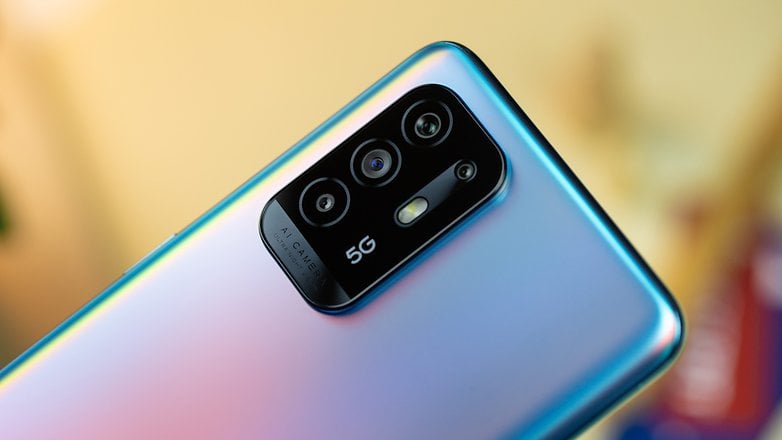
The main camera on the Redmi Note 10 Pro looks much more exciting, although here again the 108 MP resolution sounds more like marketing drivel than anything else. Thanks to pixel binning, 12 MP photos are created which showcase its capabilities. Thus, the camera on the Xiaomi smartphone is especially convincing during the day.
The macro shots also make a nice impression, as do the ultra-wide-angle pictures. However, it might take several shots to capture the right image, and I found the colors of the wide-angle sensor to be too vivid for me in the review. In contrast, the night photos experience a drop in quality, but that is always to be expected in this price range.
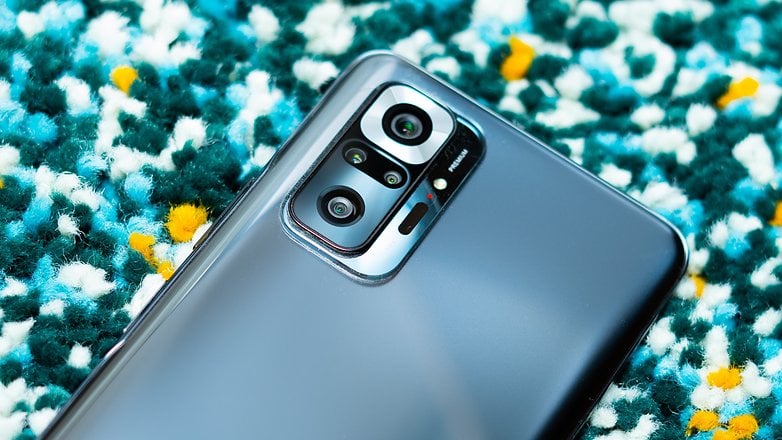
Now, if we were to compare this to Oppo's camera setup, the performance of the 48MP main cam isn't quite on par with what Xiaomi delivers, but the 8MP wide-angle camera delivers a similar level of performance. As with Xiaomi's ultra-wide-angle, details are sometimes lacking here, but the colors look more natural on the A94.
Night photos are, unfortunately, quite the failure according to Antoine's review. Both smartphones do not bask themselves in glory here, with the Redmi Note 10 Pro simply being the less bad performer. All in all, the quality of the cameras on the A94 is okay, if you do not focus on night photography. However, the camera does not come close to the Redmi Phone.
Battery and Quick Charging
When it comes to the battery, both are again very fast when it comes to charging. The A94 charges at 30 watts, and the Xiaomi smartphone is even faster at 33 watts! That is really good for mid-range smartphones. Thanks to VOOC 4.0 technology, the battery can be fully recharged in just 50 minutes. Hence, the charging speed is rather similar for both handsets, but the capacity of the respective batteries is very different. Oppo installed a battery with a capacity of 4,320 mAh, while Xiaomi accommodates a fat 5,020 mAh lump in the device.
That's just too bad: Wireless Charging is unavailable on both smartphones. Otherwise, it's once again the case where the Redmi Note 10 Pro is slightly ahead.
Software and security updates
We're on the home stretch of our comparison and take another quick look at the software. Both handsets run on Android 11 right out of the box, each with their own custom interface, of course. The A94 is powered by ColorOS 11. Oppo promises security updates for up to three years and the device can also look forward to Android 12.
Read more:
- Android 12 has everything I want in a mobile OS
- Android 12 update tracker: These smartphones can expect the update
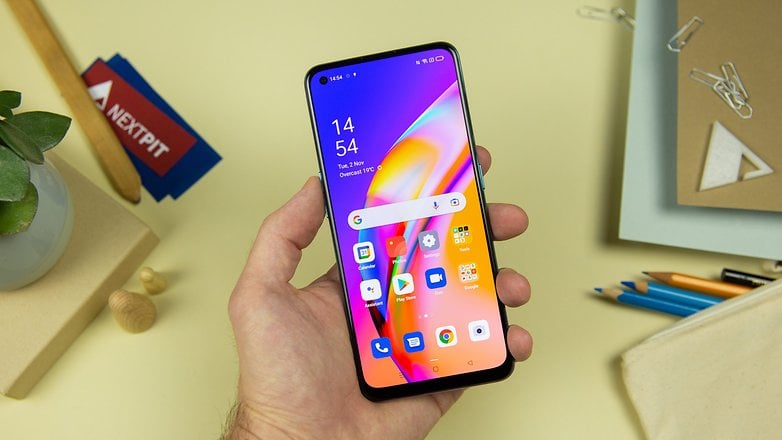
Xiaomi is pretty much on par here. While we are promised with four versions of MIUI, the bottom line is that we also get Android 11 here, as well as the update to Android 12 and three years of security updates.
Conclusion
In conclusion, let's take a look at how the two smartphones finish. Going through point by point again, I see the Xiaomi Redmi Note 10 Pro coming ahead without the Oppo A94 disappointing. You get a lot for $350 or less in both cases, can shoot really decent photos during the day at the very least, and even gaming works fine if you are not too demanding.
Thanks to the better display and camera, as well as the significantly larger capacity battery, I would choose the Xiaomi Redmi Note 10 Pro again for now. However, the A94 5G can almost keep up in many aspects and even leaves the Xiaomi smartphone behind in selected aspects: such as the higher RAM count and not least 5G functionality, which the Redmi device lacks.
Thus, it is again up to you and your usage scenario. However, both smartphones are among those that you should at least check out if you're on the hunt for a smartphone within this price range.
Finally, tell us which smartphone you personally prefer and why, or perhaps drop us a note on what your other mid-range favorites are.
